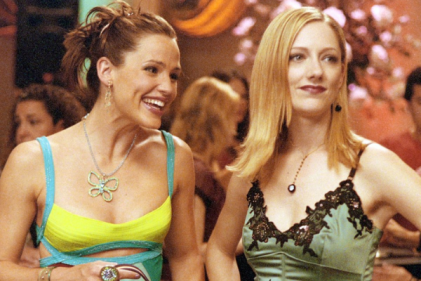Colour-blindness is a condition in which certain colours cannot be distinguished. It is congenital and permanent. Red/green colour blindness is by far the most common form: 99% of people who are colour blind have this form. It is usually hereditary and occurs most often in males. There is no treatment for colour blindness but it doesn’t usually cause any significant disability. It can however be very frustrating for individuals who are affected by it. It is worth knowing if your child is colour blind because he may have difficulty at school when especially in the early years many activities use colours (for example colouring and building blocks).
Cause of colour-blindness
In the retina at the back of the eye, there are two types of cells (rod cells and cone cells) that react differently to light. Rod cells are very sensitive to light and can even react to very faint light but they do not see different colours. Rod cells allow us to see at night, but only in black, white, and grey.
Cone cells react to brighter lights, and they help us see the detail in objects, they also pick up colours. There are three cone cells, one that picks up red light, and the others pick up green and blue. Through the combination of the messages these cone cells send us, we can see the full range of colours. However, someone who lacks one or more of these cone cells is said to be colour blind.
Signs to look out for
If you are worried your child might be colour blind then there are some signs you can watch out for including:
- Getting mixed up with the names of colours, especially red and green or colours that have red or green in their composition (purple, brown)
- Finding it hard to tell the difference between some pale colours
- Using the wrong colour on an object, such as painting grass purple.
- sensitivity to bright lights
- Finding it hard to read on coloured pages
- Avoiding looking at colourful pictures
Particularly if there is a history of colour-blindness in your family, you should make an appointment with an ophthalmologist as identifying the problem early can make a huge difference to your child.
Tests for colour-blindness
You should test your child for colour blindness between the ages of four and six if it runs in the family. If you notice that your child is having learning problems it may be a good idea to have him checked as lots of learning tasks are based on colour. Colour testing can be performed by ophthalmologists and optometrists using special colour charts. Most opticians use the Ishihara test which uses a series of charts to identify colour blindness. If colour blindness is diagnosed, then your ophthalmologist may recommend that further tests are done to establish what type of colour blindness your child has.











